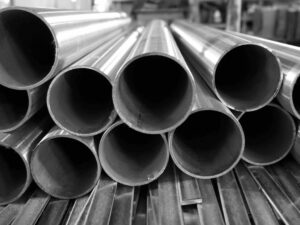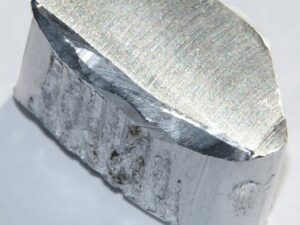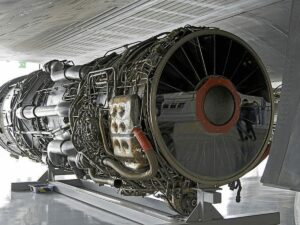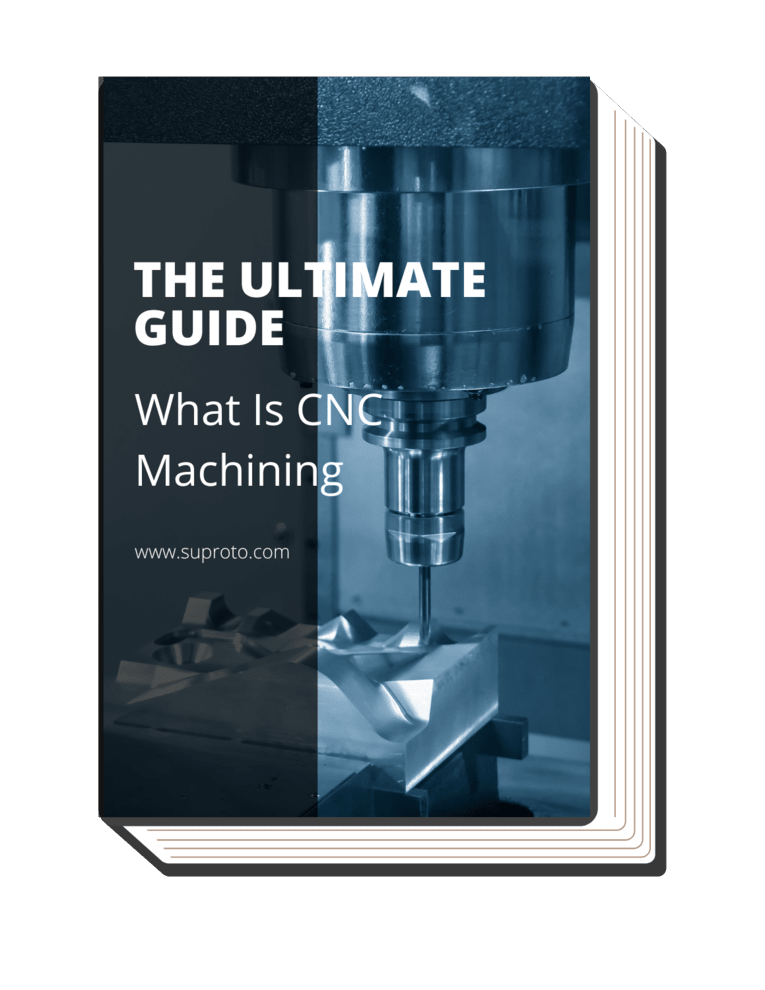1. Brief Overview of Selective Laser Melting
Selective Laser Melting, or SLM, is a specific 3D printing technique that is an additive manufacturing process that is unique, playing an irreplaceable role in the current industrial revolution. This swift turnaround in manufacturing is something that traditional methods just can’t compete with, giving SLM a significant edge in the manufacturing field.
According to a study in Science Direct, the foundation of SLM lies in its ability to fully melt and fuse metallic powders using high power-density lasers (up to 99.9% relative density). Having worked with this technology for a significant part of my career, I can assure you that it offers unprecedented control and precision in creating complex geometries.
SLM does more than just reshaping the manufacturing process. The process reduces overall cost, weight, and assembly parts by modifying the component shape, achieving a higher strength-to-weight ratio. For example, parts with complex structures, such as cavities and three-dimensional grids, can be created without restricting the shape.
2. Evolution of Selective Laser Melting
Selective Laser Melting (SLM) has significantly shaped the landscape of additive manufacturing, enabling the production of intricate geometries with a wide range of materials. Its continued evolution has led to unprecedented breakthroughs in various industries. Let’s delve into the transformative journey of SLM.
-
1980s: Initial inception of technology, using lasers to fuse materials, laid the foundation for future development.
-
1995: German scientists developed SLM as a distinct 3D-printing technology, marking a pivotal moment in the history of additive manufacturing. I still vividly recall hearing about this milestone, and I knew then that the manufacturing landscape was about to be forever changed.
-
Early 2000s: As the capabilities of SLM started to become apparent, a growing interest emerged in various industries like aerospace, automotive, and biomedical.
-
2010s: Further refinement in SLM processes led to the production of near net-shaped parts with near full density, accelerating its adoption for a wider range of applications.
-
2020s: Emerging research focused on microstructure evolution during SLM, opening doors to process optimization and enhancing the performance of laser-fabricated components. From my perspective, the journey of SLM is a testament to human ingenuity and our ceaseless pursuit of technological advancement.
3. Advantages of Selective Laser Melting
Selective Laser Melting (SLM) has ushered in a revolution in manufacturing technology, offering a plethora of advantages over traditional manufacturing methods. Let’s explore some of the key benefits that SLM brings to the industry.
Precision and Flexibility
SLM can produce highly complex geometries with precision that is hard to match by traditional manufacturing methods. This capability is especially useful in industries such as aerospace and biomedical, where precision and customization are paramount. In my view, the marriage of precision and flexibility in SLM is what truly sets it apart.
Material Efficiency
SLM employs a layer-by-layer additive process, which significantly reduces material wastage. The process uses just the necessary amount of material to build a part, thus leading to better material efficiency and sustainability. Suproto places a high emphasis on such efficiency, and our approach to SLM underscores this commitment.
Fast Prototyping
Thanks to its layer-by-layer construction, SLM enables rapid prototyping of three-dimensional structures. This drastically shortens the product development cycle, allowing for quicker market entry. The acceleration of prototyping that SLM provides never ceases to impress me.
4. Materials Used in Selective Laser Melting
Selective Laser Melting (SLM) allows for the manipulation of various types of materials, which is one of the reasons it has become such an indispensable manufacturing tool. From metals to alloys, the process accommodates a range of materials, each offering unique properties beneficial to different applications. With that, let’s delve into the different materials that SLM caters to:
Stainless Steel
Stainless steel is commonly used in SLM due to its excellent mechanical properties and resistance to corrosion. The use of stainless steel in SLM helps create components with high strength, durability, and robust performance in adverse conditions. Seeing the final product emerge in robust stainless steel always brings me a sense of fulfillment.
Titanium
Titanium, known for its high strength-to-weight ratio and superior biocompatibility, is often used in SLM. It’s ideal for manufacturing lightweight yet sturdy components, particularly in the aerospace and biomedical sectors.
The selective laser melting (SLM) fabrication method, as one of the additive manufacturing (AM) techniques, has drawn extensive attention because of its ability to produce intricate parts in one single manufacturing process, a statement found in a study of Baghi AD., Nafisi H., et al. 2021. I’ve personally worked with this material in SLM processes, and I must say, the diversity of applications is fascinating.
Aluminum
Aluminum is preferred in SLM for its lightness, strength, and thermal conductivity. For example, it’s extensively used in the production of lightweight vehicle parts and components. This makes it suitable for various applications, particularly in the aerospace and automotive industries, where weight reduction without compromising strength is a priority.
With Suproto’s expertise, they have continually harnessed the advantages of aluminum to create high-performance parts in these industries.
5. Key Applications of Selective Laser Melting
The breadth of applications for Selective Laser Melting (SLM) is immense, thanks to technology’s versatility and precision. It has become a game-changer in various industries enabling innovative solutions and high-performance products. Here are the industries that SLM excelled the most:
Aerospace Industry
SLM plays a critical role in the aerospace industry, allowing for the creation of lightweight, complex geometries that were previously challenging or impossible to produce. The use of SLM in this sector can reduce the weight of aircraft components, thereby enhancing fuel efficiency and reducing CO2 emissions.
It’s noteworthy that Airbus has integrated SLM-produced titanium parts into its commercial airplanes, which have shown significant performance benefits.
Medical Field
In the medical field, SLM technology is revolutionizing patient-specific treatments. The effective use of SLM in producing patient-specific cranial implants, leading to improved patient outcomes. It’s used to produce custom medical implants, orthopedic and dental devices with complex geometries that precisely fit individual patients.
Automotive Industry
The automotive industry leverages SLM to manufacture lightweight, complex components for high-performance vehicles. SLM enables the production of parts that are hard to manufacture using traditional methods, offering enhanced efficiency and performance.
A notable example is the use of SLM in the production of Bugatti’s brake calipers, which are the world’s largest functional component produced by additive manufacturing. Having seen these applications firsthand, I can confidently assert that SLM is revolutionizing manufacturing.
6. Comparison Between Selective Laser Melting and Traditional Manufacturing
Selective Laser Melting (SLM) and traditional manufacturing methods each have their distinct advantages and drawbacks. As we delve deeper into the fourth industrial revolution, the comparisons between these two methods are becoming more critical to understand. The table below compares the key aspects of SLM and traditional manufacturing.
| Aspect |
Selective Laser Melting |
Traditional Manufacturing |
| Design Complexity |
Can create highly complex and customized designs that are difficult to achieve with traditional methods. |
Limited by tooling and setup costs, particularly for complex and bespoke designs. |
| Material Waste |
Minimal waste due to additive nature of the process, using only the material necessary for the part. |
Can result in significant waste in subtractive processes such as machining. |
| Production Speed |
Ideal for prototyping and small-scale production due to slower production speed. |
More suited for high-volume production due to quicker production speed. |
| Cost |
High initial investment for machinery and materials, but low cost for complex and bespoke parts. |
Lower initial cost, but the cost for complex and bespoke parts can be high due to tooling costs. |
| Material Range |
Limited to certain metals and alloys that are suitable for laser melting. |
Wide range of materials can be used, from metals to plastics and composites. |
While SLM offers transformative potential in manufacturing, I believe that both methods have their place, depending on the requirements of the project at hand. Balancing these methodologies will likely be the future of manufacturing.
7. Challenges and Limitations of Selective Laser Melting
While Selective Laser Melting (SLM) presents many opportunities, it is not without its challenges and limitations. As with any manufacturing technology, understanding its potential drawbacks is crucial for effective implementation. Below are the 5 challenges and limitations that SLM bear with:
High Costs
SLM is a high-cost process, mainly due to the expense of the machines and high-quality powder materials required. Furthermore, the cost of post-processing, such as heat treatment and machining to improve the surface finish, can be considerable. I’ve experienced this challenge firsthand in my projects, and I can confirm, overcoming them requires a careful, well-considered approach.
Material Limitations
Not all materials are suitable for SLM. This process is typically limited to certain metals and alloys that have a high melting point and good laser absorption. Materials like copper and silver, which have high thermal conductivity and low absorption, can be challenging to process using SLM. From my experience, navigating material limitations requires thorough knowledge and a knack for creativity in this industry.
Surface Finish Quality
The quality of the surface finish in SLM-produced parts can be a concern. As the process uses powdered material, the resulting parts often exhibit a rough surface that may require additional post-processing steps like machining or polishing to achieve a suitable finish. This can add to the overall production time and cost.
Residual Stress and Deformation
SLM process can lead to the formation of residual stresses and subsequent deformation of the printed parts. This is due to the rapid cooling and solidification of the melted powder, which creates internal stresses. According to TWI-Global, in some cases, residual stresses result in significant plastic deformation, leading to warping and distortion of an object, thus, they affect susceptibility to fracture and fatigue.
Production Speed
Compared to conventional manufacturing methods, SLM has a slower production speed. While it’s excellent for prototyping and small-scale production, the current speed of SLM makes it less suited for large-scale manufacturing. This is a significant limitation that could affect its adoption in industries requiring high-volume production.
Dive Deeper Into Our Resources
Looking for more diverse service options? Browse through our handpicked selections:
Still haven’t found what you’re looking for? Don’t hesitate to contact us. We’re available around the clock to assist you.
Conclusion
As we’ve explored in this blog, Selective Laser Melting (SLM) presents a remarkable shift in manufacturing possibilities, revolutionizing how we create complex, bespoke, and high-strength products. Having witnessed firsthand the evolution of this technology, I am confident that the role of SLM in our industries will only continue to expand.
As we stand at the forefront of this industrial revolution, feel free to contact us with any queries or product details you might need. It’s an exciting time to be part of this field, and we are here to help you navigate it. Your journey into the future of manufacturing starts here.





